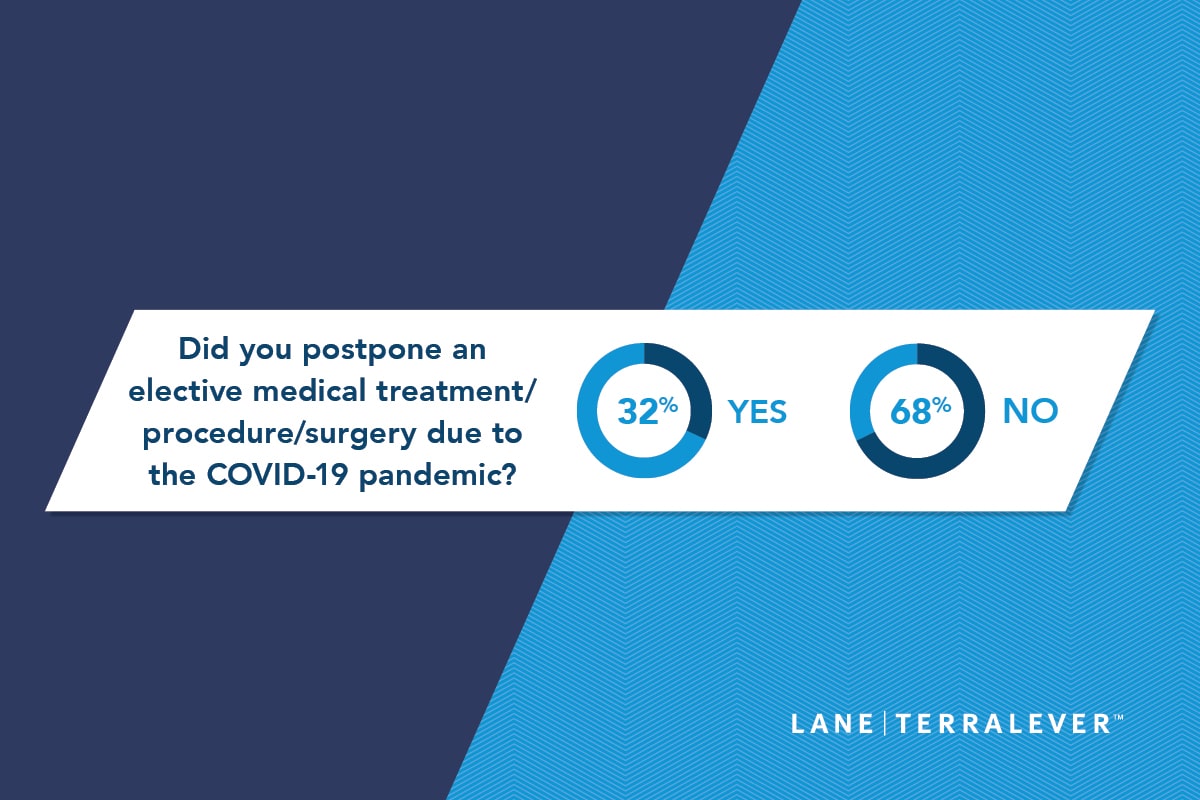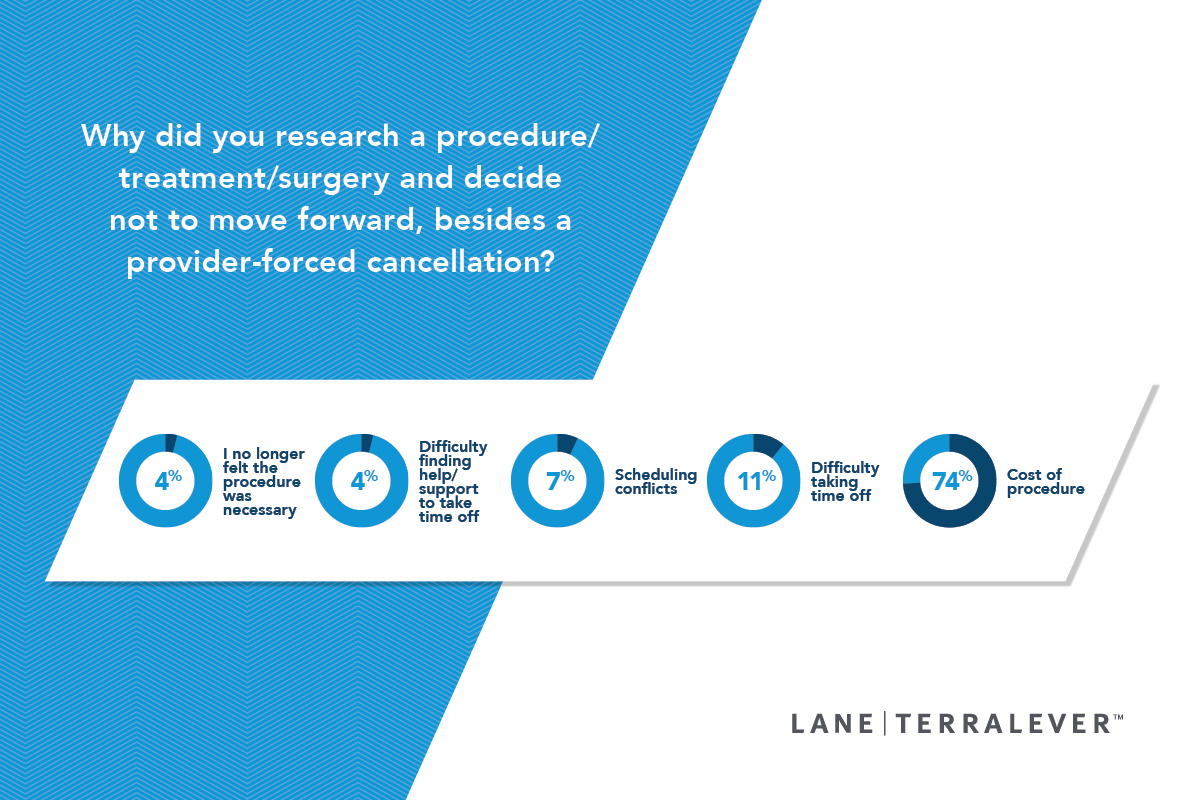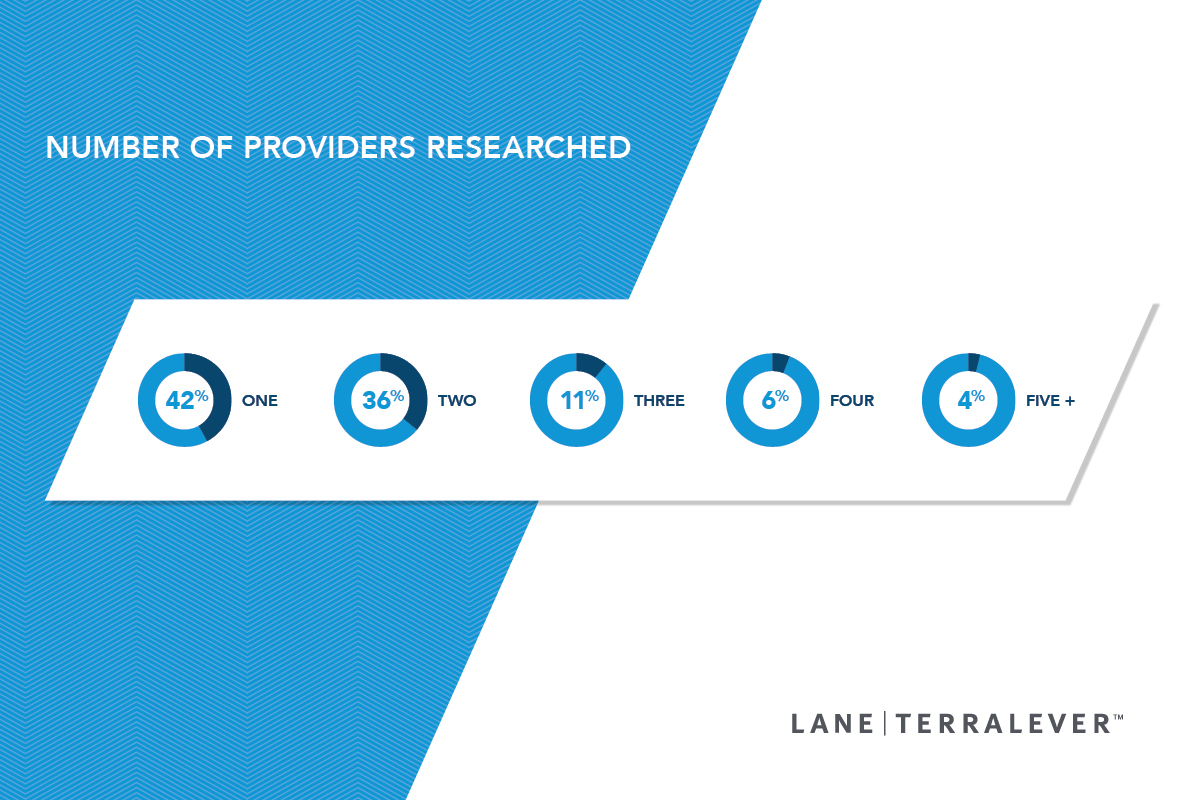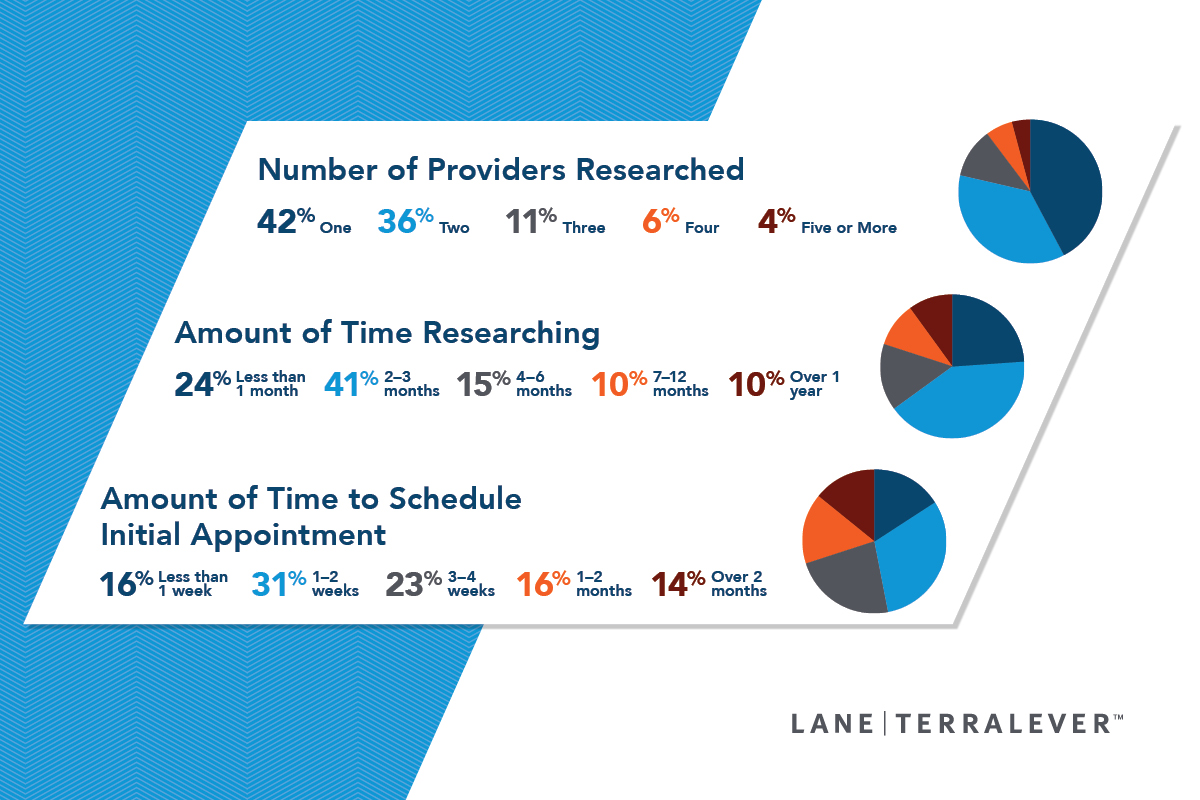Eye Surgery Providers Can Enhance Patient Experience
Elective vision and eye surgeries were another major elective healthcare industry to be affected by the COVID-19 pandemic in 2020, though maybe not as severely as some other verticals in the medical field. The number of LASIK surgeries in 2020 actually slightly increased compared to the number in 2019 (718 out of 1,000 vs. 690 out of 1,000).
While refractive surgeries saw a 17.3% decline in 2020, global demand for these procedures is “expected to grow at a compound annual rate of 9.6% from 2020 to 2025, with annual surgical volume increasing from 3.6 million to 5.8 million procedures,” according to a Market Scope report.
So while COVID-19 may have stalled elective vision & eye procedures momentarily, it was only a brief stall, and the market will be bouncing back quickly in 2021/2022.
As the pool of potential elective vision and eye patients is predicted to grow, marketers and vision providers have huge opportunities to better market to these potential patients.
LaneTerralever’s latest patient insights report is based on a 617-respondent survey that focused on elective healthcare and the patient experience. The findings ultimately uncovered a gap between provider and patient communication and a strong disconnect between the true patient experience and what the patient hoped to experience.
.jpg?width=1200&name=520217s_HealthcareBlog5_VisualAssets_1200x800_012422_v2_1%20(1).jpg)
Patients Considering Elective Eye Surgery - Survey Fast Facts
In the survey, 25% of all respondents had considered elective eye surgery in the last three years. In 2020, only 32% postponed their elective vision procedure because of the pandemic.
Over two-thirds of vision respondents did not postpone, but other obstacles like cost (74%) and difficulty getting time off (11%) were reasons respondents postponed a treatment in the last three years. Of those who have postponed for various reasons, only 29% don’t plan on rescheduling at all.
Don't Forget Patients That Postponed
71% of respondents who postponed their treatment do plan on rescheduling at some point. Eye doctors still have an opportunity to not only better market to prospective patients but also to returning patients.
While these patients may have already committed to you as their provider, that does not mean they should not get the same attention and care as prospective patients. Every day that passes before they reschedule is a chance for them to never return and an opportunity for providers to bring them back into the fold.
How and where patients want to communicate:
- Vision respondents, in particular, prefer phone calls (36%) and email (29%) when communicating with their optometry practice prior to treatment.
- On social media, the top three things patients looked for on a provider’s channels were patient reviews (49%), procedure information (43%), and frequently asked questions (38%).
- Over half of respondents were likely or very likely to use telehealth services. Generally, 31% prefer telehealth and 45% prefer in-person, with 24% enjoying a mix of both.
- Fifty-two percent (52%) cited convenience as the biggest benefit of telehealth services.
Understanding the Patient Research Phase
When marketing to prospective patients, it is important to consider what their research journey looks like as they select an elective vision provider.
Sixty-five percent (65%) of vision respondents spent three months or less researching prospective providers. In this research process, 78% only researched one to two providers. And once they did decide to move forward with a particular provider, 70% scheduled their initial appointment in under four weeks.
The takeaway? The research window is limited and providers need to wow prospective patients before they even set foot in their office. The fact that most respondents only researched a couple of providers increases provider competition by a great deal.
Leverage Your Website to Enhance Patient Experience
In 2021, there is no excuse for a lacking website. This is your office’s first impression to prospective patients and yet 35% of respondents still felt like their answers were only somewhat or not answered when evaluating providers for their most recent elective procedure.
Of elective vision respondents, 17% felt overwhelmed prior to their surgery and only 21% had clear expectations about the entire time frame. However, around half of respondents had clear expectations, felt their questions were answered and understood all the costs involved.
While these numbers don’t tell a dire tale, they still mean that around 50% of patients are not getting all their questions answered, nor do they have clear expectations or understand all the costs involved.
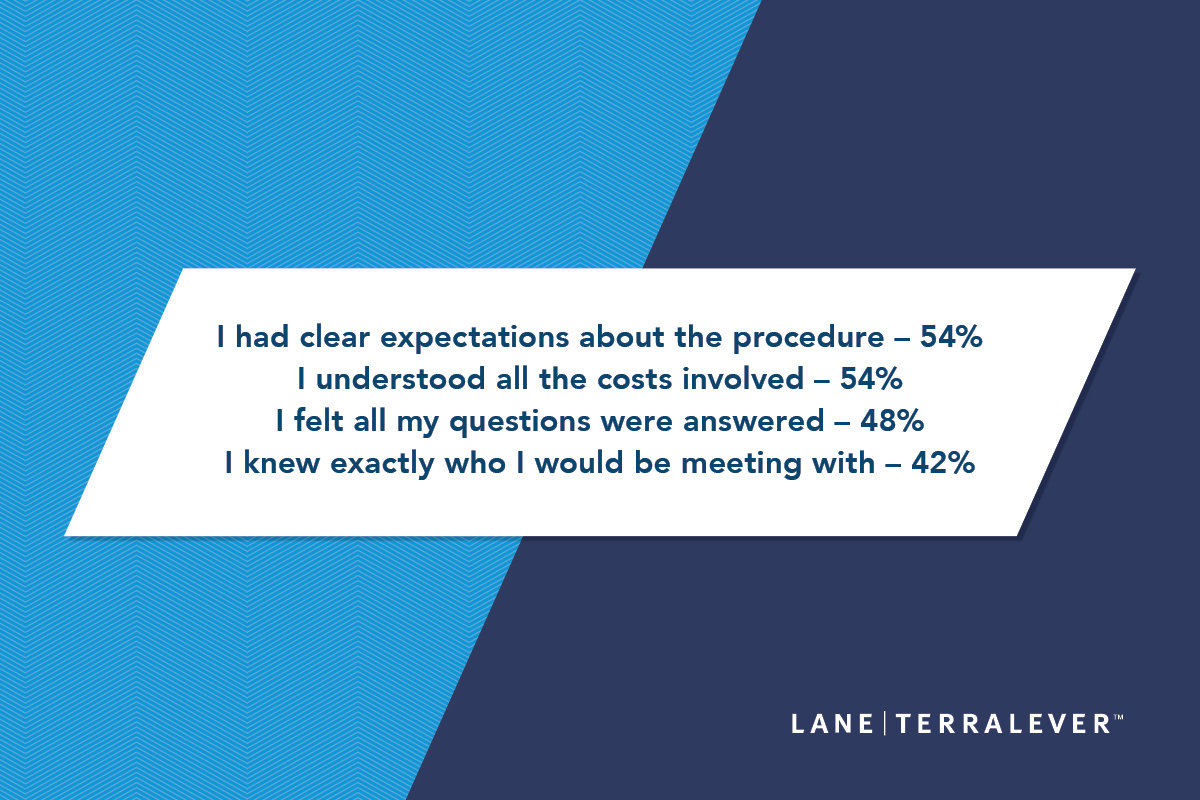
This is a big opportunity for providers to utilize their website more as a space for valuable, educational information for prospective and committed patients.
So it’s no surprise that patients’ top three most looked for elements on a website include procedure information/what to expect (66%), outcomes from past procedures (53%) and staff/professional experience/credentials (50%).
Get Marketing Strategies for Elective Healthcare Providers
To learn more about these marketing insights and others for patients considering elective healthcare and how to improve the patient experience, download our latest patient insights report. We'll arm you with 5 strategies that will help you close the gap between what patients seek in their journey and what they actually experience.
Healthcare Digital Marketing Agency
LaneTerralever is a marketing agency that helps healthcare providers attract qualified patients and improve satisfaction with creative lead generation and seamless digital patient experiences. We're proud to have increased patient volume and satisfaction for providers, including HonorHealth, American Vision Partners, Landmark Recovery, NextCare Urgent Care, The Joint Chiropractic, Phoenix Children's, and Risas Dental and Braces.

